Exploring the Boundaries of Virtual Reality
February 28, 2023
Virtual Reality (VR) technology has been a topic of fascination for many years. It was once only seen in science fiction movies, but now it has become a reality, and it’s changing the way we interact with the world.
VR is a computer-generated simulation of a three-dimensional environment that can be explored and interacted with by a person. The user wears a headset that provides a 360-degree view of the virtual world and can control their movements within it using handheld controllers.
VR has the potential to transform various industries, from gaming and entertainment to healthcare and education. In this blog, we will explore how VR is changing our world and what the future holds for this exciting technology.
Major Types of Virtual Reality
There are several types of Virtual Reality, including:
- Non-immersive VR: This type of VR provides a limited level of immersion, using a computer monitor or screen to display a virtual environment. Non-immersive VR allows the user to stay aware of and keep control of their physical environment. Non-immersive simulation can rarely make a user perceive an artificial world as a real one. It holds the least immersive type of VR realization that stimulates only a subset of human senses.
- Semi-immersive VR: This type of VR provides a higher level of immersion than non-immersive VR, often using a combination of head-mounted displays and hand-held controllers.
- Fully-immersive VR: This type of VR provides the highest level of immersion, using head-mounted displays and body tracking technology to completely immerse the user in a virtual environment.
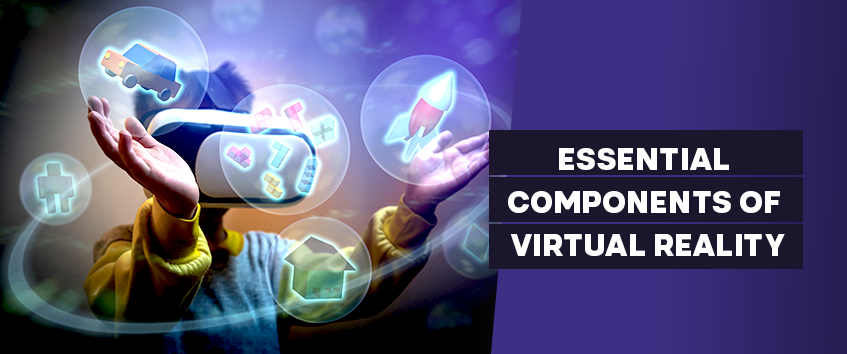
The virtual world, immersion, sensory feedback, and interactivity are the four main components of virtual reality.
>Virtual World
Using computer technology, virtual reality creates a virtual environment that mimics the stimuli of the real world and enables real-time user interaction. They are given the impression that they are being transported or are already living in the virtual world.
>Immersion
Using immersive graphical content and sound, the experience is said to be made to feel more real. While playing a game, watching a movie, etc, users can completely immerse themselves in the virtual world with the aid of a VR headset and spatial audio.
>Sensory Feedback
VR creates a space in which a user can move around, track their movement on the screen, and change positions with the aid of VR equipment by imitating the principle of human perception. Sometimes the immersive experience is more than just audio and video, because VR also experiments with other senses like taste, smell, and force.
>Interactivity
Real-time screen interaction between the user and the VR system creates a sense of inclusion and immersion with the aid of sensor-enabled technology. For instance, in the virtual world, a user can shoot, kick, or pick up objects on the screen or kill monsters.
VR in Different Fields
1. Gaming Industry: A New Era of Immersive Experiences
The gaming industry has been one of the early adopters of VR technology. The ability to immerse players into their favorite games has transformed the gaming experience. From first-person shooters to sports games, VR is changing the way people play. Players can now step into the game and become a part of the action, rather than just watching it from the outside. This new level of immersion has made VR a popular choice for gamers.
One of the biggest advantages of VR gaming is that it provides an incredibly realistic experience. The player is transported into a virtual world, and with the use of handheld controllers, they can interact with the environment and other objects within it. This level of interaction has led to a more engaging gaming experience, and players can now enjoy their favorite games in a way they never thought possible.
2. Entertainment: Transforming the Way We Consume Content
The entertainment industry has also been quick to embrace VR technology. From movies and music to theme parks, VR is changing the way people consume entertainment. The ability to provide an immersive experience has opened up new opportunities for the entertainment industry to provide content that is both engaging and interactive
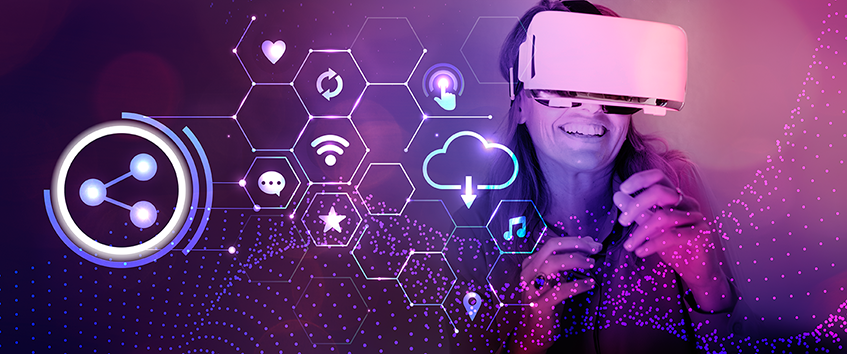
One example of this is VR theme parks, where visitors can experience a virtual roller coaster ride or participate in a virtual escape room. These experiences provide a new level of excitement and interactivity, and they are becoming increasingly popular with consumers. In the film industry, VR is being used to create movie experiences that allow the viewer to become a part of the action. This new form of entertainment is providing a unique and unforgettable experience for movie-goers.
3. Healthcare: Using VR for Therapeutic Purposes
VR is not just limited to the gaming and entertainment industries. It has also been making waves in the healthcare industry, and it has the potential to change the way we treat various conditions. VR is being used as a therapeutic tool to treat conditions such as anxiety, depression, and post-traumatic stress disorder (PTSD).
The immersive environment of VR allows patients to confront their fears and experiences in a controlled and safe environment. This leads to more effective treatment, as the patient can work through their issues in a way that feels real. VR therapy has been shown to be a powerful tool in helping patients overcome their fears and traumas.
4. Education: Transforming the Classroom Experience
Virtual reality has the potential to revolutionize education by providing students with engaging and immersive learning experiences. VR can be used to create interactive educational simulations, allowing students to explore and experiment in a safe and controlled virtual environment.
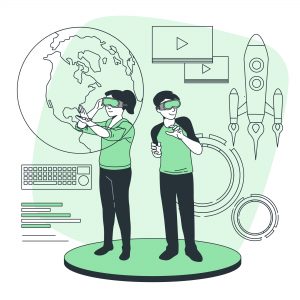
One of the main benefits of VR in education is the ability to create engaging and interactive learning experiences. Students can be transported to virtual worlds where they can learn by doing and experiencing, instead of just being passive listeners. For example, VR can be used to create virtual field trips, allowing students to visit historical sites, museums, and other educational locations without ever leaving the classroom. This can be especially useful for students who might not have the opportunity to experience these things in person.
Another benefit of VR in education is that it allows for hands-on and experiential learning. In traditional classroom settings, students often learn by listening to lectures and reading textbooks. With VR, students can actively participate in simulations and hands-on activities, allowing them to develop practical skills and gain a deeper understanding of the material.
5. Business: Innovative, Engaging & Profitable
Virtual reality technology is increasingly being used in business and has a wide range of potential applications. Virtual reality is frequently used for training and development in businesses. In industries such as construction, manufacturing, and healthcare, VR can provide a safe and controlled environment for employees to practice and develop their skills. For example, surgeons can use VR to simulate surgeries, allowing them to practice and perfect their techniques before performing the procedure on a real patient.
Another use of VR in business is for product design and prototyping. By using VR, companies can create 3D models of their products and test them in a virtual environment, allowing for more efficient and cost-effective product development. This can also be useful for testing product designs for ergonomics, safety, and functionality before investing in physical prototypes.
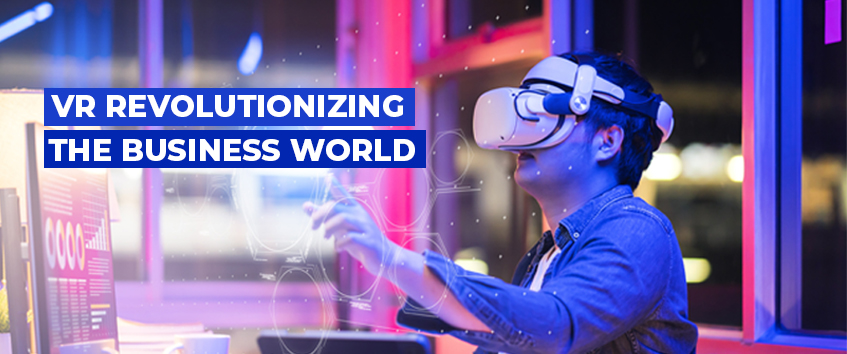
VR is also being used in the marketing and advertising industry to create immersive brand experiences for customers. For example, companies can use VR to create virtual showrooms, allowing customers to experience and interact with their products in a way that is not possible with traditional marketing methods. This can increase customer engagement and lead to higher sales.
In the real estate industry, VR technology is being used to create virtual tours of properties. This allows potential buyers to explore a property without having to physically visit the site, making the process of buying a home more convenient and efficient. In addition, VR technology is also being used in the entertainment industry to create immersive experiences for consumers. For example, VR can be used to create virtual theme parks, allowing visitors to experience thrill rides and other attractions in a simulated environment.
VR technology is a rapidly growing field with a wide range of potential applications in business. From training and development, to product design and marketing, VR has the potential to transform many industries and improve efficiency and customer engagement. However, there are still challenges to be overcome in order to fully realize the potential of VR technology in business.
Role of VR in Marketing
Virtual Reality (VR) is playing an increasingly important role in marketing, as it provides an immersive and interactive experience for consumers. Virtual reality allows businesses to reach out and connect to their potential customers beyond traditional media like TV and magazine ads, presenting limitless opportunities for promotion. As the customers’ needs and expectations are constantly evolving, virtual reality technology, or the latest technologies, in general, can help bridge the gap and allow brands to have the means to address their customers’ changing pain points.
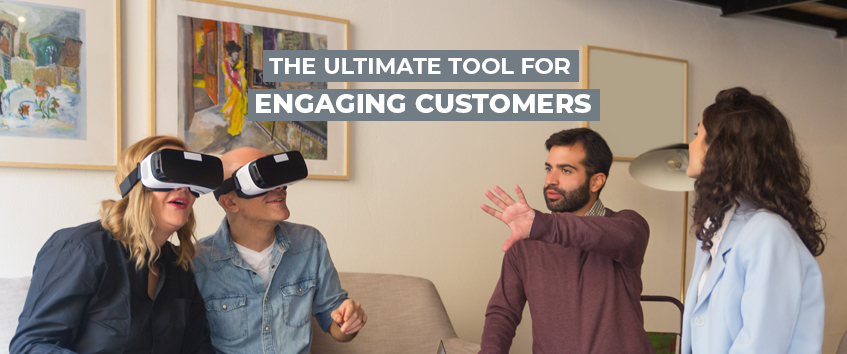
VR allows consumers to virtually experience a product or service, taking it for a virtual spin in the comfort of their own homes. By building a realistic digital environment, you’re allowing consumers to interact with your brand, which can help with brand awareness and retention. The following are some of the ways in which VR is being used in marketing:
- Product demonstrations: VR can be used to demonstrate products in a realistic and engaging way, allowing consumers to experience a product before making a purchase.
- Trade shows and events: VR can be used to create virtual trade shows and events, allowing companies to showcase their products and services to a wider audience.
- Brand building: VR can be used to create engaging and memorable experiences that build brand awareness and loyalty.
- Customer engagement: VR can be used to create interactive and personalized experiences that engage customers and encourage them to share their experiences with others.
- Employee training: VR can be used to train employees in a safe and controlled environment, allowing them to practice and refine their skills before working with customers.
- Market research: VR can be used to gather insights into customer behavior and preferences, allowing companies to make informed decisions about product design and marketing strategies.
Challenges of VR marketing
- Addiction- Gaming and social media applications that use VR can be addictive to some people. And it may cause social, psychological, and biological problems according to the level of usage.
- Difficult to create shared experiences- Most VR apps are meant to be used by one user at a time, because creating shared experiences takes much longer and is not as easy to pull off. This challenge can be overcome by creating multi-user apps that can be accessed by anyone with a headset either locally or over the internet.
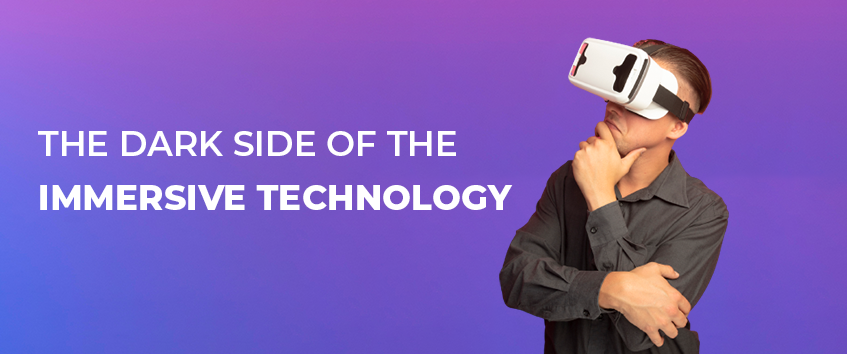
- Unique development needs- VR software development is still a fairly new niche, and most companies don’t employ developers that know the technology. Thus, they must hire specialists to build their applications or partner with a capable company for the duration of the project.
- Time-Consuming- Some think it is too expensive and time-consuming to produce VR content. There is also the risk that people will not be able to see the content if they do not have a VR headset in the future.
- Health concerns- The long-term negative health effects of virtual reality have not been established, but there aren’t many studies that show its positive effects either. To prevent temporary side effects like headaches, nausea, and queasy feelings, the technology also needs to be improved.
Did you know that free virtual reality games are available in your cell phone too… All you need is a device equipped with a gyroscope for 360-degree interaction, and a VR headset to transform your phone’s display.VR has the potential to transform the way we interact with the world around us. As the technology continues to improve, we can expect to see even more exciting and innovative applications of VR in the years to come.
